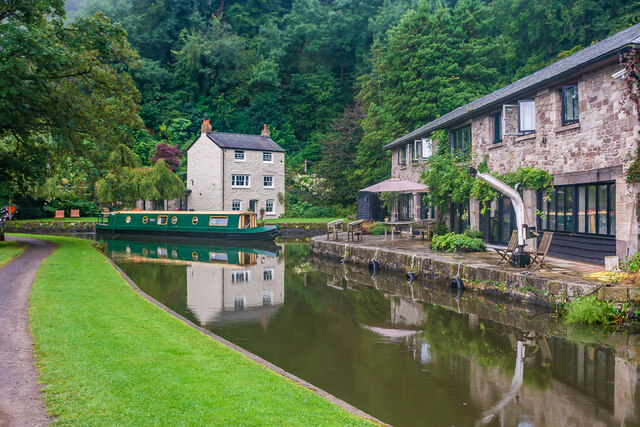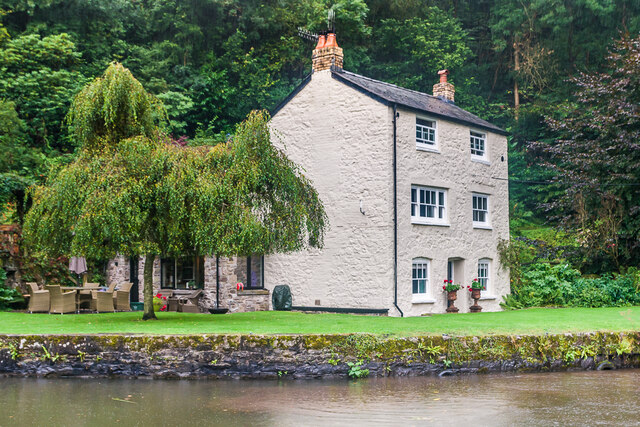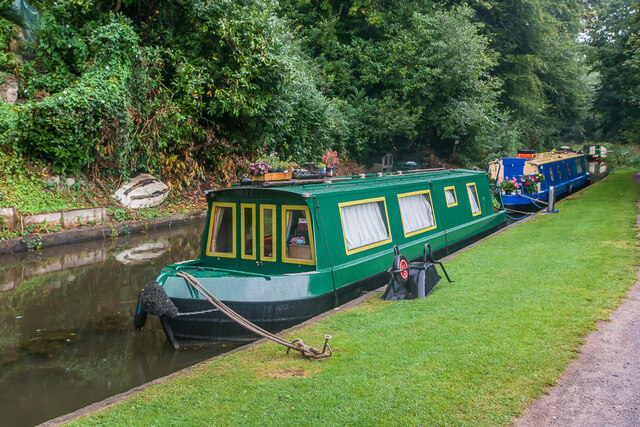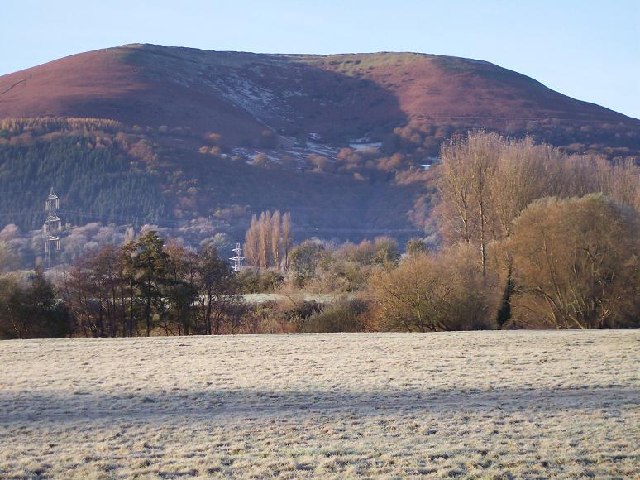Blorenge
Hill, Mountain in Monmouthshire
Wales
Blorenge

Blorenge is a prominent hill and mountain located in Monmouthshire, Wales. It is situated near the town of Abergavenny and forms part of the easternmost range of the Brecon Beacons National Park. Rising to a height of 561 meters (1,841 feet), Blorenge offers stunning panoramic views of the surrounding countryside and is a popular destination for hikers, nature lovers, and outdoor enthusiasts.
The mountain is composed primarily of sandstone and provides a diverse habitat for a variety of flora and fauna. Its slopes are covered with heather, grasses, and shrubs, while its summit is adorned with rocky outcrops. Blorenge is home to several rare plant species, including the iconic purple blorenge fritillary, which blooms in abundance during the summer months.
Visitors can explore the mountain via a network of well-maintained trails and footpaths, catering to both leisurely strolls and more challenging hikes. The most popular route starts from the car park at Keepers Pond, leading up through woodlands and open fields before reaching the summit. On clear days, the view from the top extends as far as the Bristol Channel, the Black Mountains, and even the Malvern Hills.
Blorenge also holds historical significance, with evidence of human activity dating back thousands of years. Archaeological remains, such as Bronze Age burial mounds, Iron Age hillforts, and even remnants of Roman settlements, can be found scattered across the mountain.
Overall, Blorenge offers a captivating blend of natural beauty, rich biodiversity, and cultural heritage, making it a cherished landmark in Monmouthshire and a must-visit destination for all who appreciate the great outdoors.
If you have any feedback on the listing, please let us know in the comments section below.
Blorenge Images
Images are sourced within 2km of 51.800635/-3.0600897 or Grid Reference SO2611. Thanks to Geograph Open Source API. All images are credited.






Blorenge is located at Grid Ref: SO2611 (Lat: 51.800635, Lng: -3.0600897)
Unitary Authority: Monmouthshire
Police Authority: Gwent
Also known as: Blorens
What 3 Words
///giant.achieving.essays. Near Govilon, Monmouthshire
Nearby Locations
Related Wikis
Blorenge
Blorenge, also called The Blorenge (; Welsh: Blorens), is a prominent hill overlooking the valley of the River Usk near Abergavenny, Monmouthshire, southeast...
Garnddyrys Forge
Garnddyrys Forge was an iron foundry in Wales that operated from about 1817 to 1860 about 3 km (2 miles) north of Blaenavon in Wales, lying on a tramroad...
Llanwenarth Ultra
Llanwenarth Ultra is an electoral ward near Abergavenny, Monmouthshire. The ward elects councillors to Llanfoist Fawr Community Council and Monmouthshire...
Govilon railway station
Govilon railway station was a station on the London and North Western Railway's Heads of the Valleys line serving the village of Govilon in the Welsh county...
Nearby Amenities
Located within 500m of 51.800635,-3.0600897Have you been to Blorenge?
Leave your review of Blorenge below (or comments, questions and feedback).














